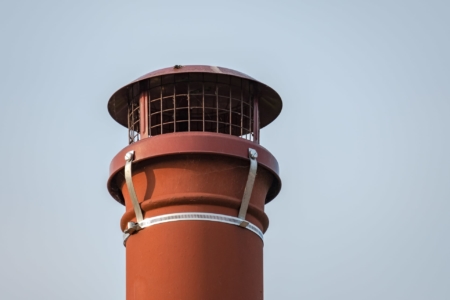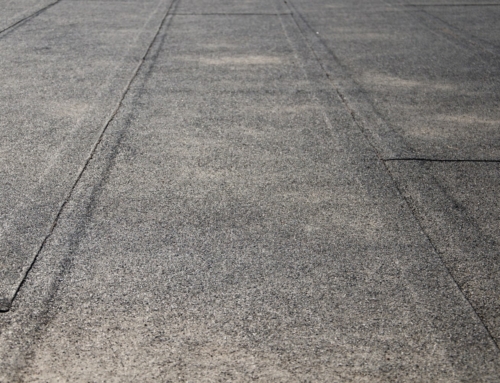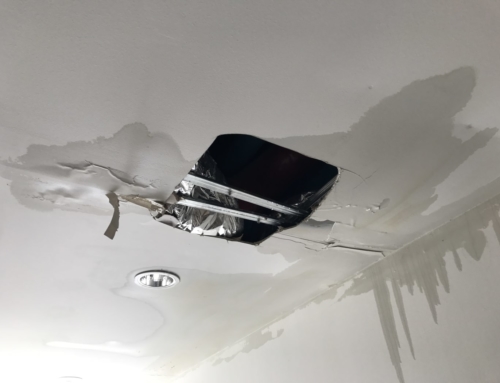
Chimneys are a beautiful architectural feature of many homes in the UK but also have a vital function for active fireplaces. Whether you have a working fireplace or not, chimney stack maintenance is essential, and if you’re having problems, it may be time to consider installing caps to stop issues in their tracks.
Here’s what you need to know about chimney pot capping.
What is chimney pot capping?
Chimney capping or cowls are protective covers created to fit on top of chimney pots, serving multiple purposes. During windy conditions or while using your fireplace or wood-burning stove, burning embers and debris can escape from your chimney, potentially landing on your roof and posing a fire risk, so capping can help prevent such incidents.
Coming in several different designs, they provide roofs with better rain protection, keeping water out of the chimney interiors and flue. This is important for those with open chimneys, as excess moisture ingress can cause extensive damage over time, including brick erosion, water staining and structural issues.
Do chimney pots need covers?
Chimney pots may need covers for several reasons, offering extra protection from the elements, such as rain, snow, hail and ice. These can all deteriorate your chimney interiors and penetrate the masonry, leading to cracks and structural damage over time. Chimney caps act as a barrier, shielding your property.
Chimney cowls can also prevent unwanted animal intrusions from birds, squirrels and other critters, which are naturally drawn to chimneys as sheltered nesting spots. Without a cap, your chimney becomes an attractive home, leading to blockages, odours and potential fire hazards.
For active fireplaces, chimney caps also serve as a fire safety measure by preventing embers and sparks from escaping your chimney and landing on your roof.
How do you know if you need chimney caps?
To determine whether you need chimney pot capping, look for signs such as evidence of animal activity in your flue. This may come in the form of animal noises coming from your chimney, or you may find signs of nesting, such as twigs or debris in your fireplace.
Water stains or leaks coming down your chimney or interior walls around your fireplace can also indicate the need for capping, requiring immediate attention.
Frequent chimney drafts and ventilation issues in your chimney should also be addressed, with caps designed to improve airflow.
Who should install chimney pot capping?
Always hire a professional roofing contractor to fit chimney pot capping at your property.
They have the knowledge and experience to select the right chimney cap for your specific roof and its needs while performing the work to the highest standards. A correctly installed chimney cap ensures it functions as intended, preventing issues further down the line.
Climbing onto roofs and working with chimneys can be dangerous, but an experienced roofer will have the correct protective equipment and follow the right safety measures.
Do you need chimney caps or cowls? Speak to Radlett Roofing
At Radlett Roofing, we’re experts in chimney stack repairs and maintenance, offering our solutions across Hertfordshire locations, such as Borehamwood and Bushey.
For more information or a free quote, contact us now.




